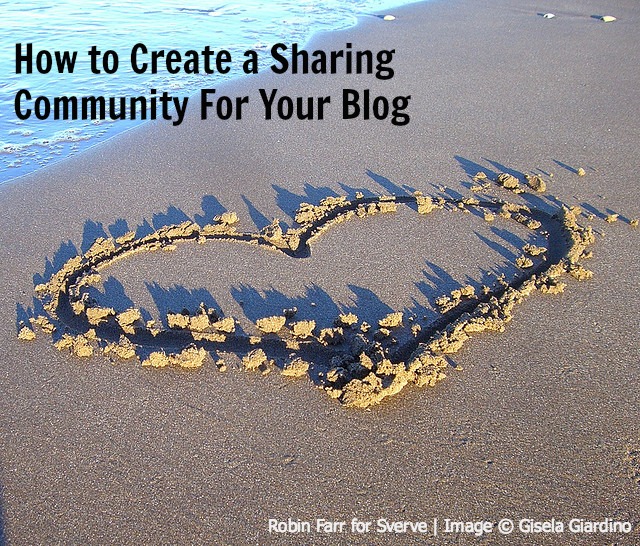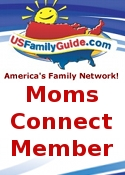“I wanted share a bit of my story with you and say thank you for sharing yours.”
The best emails I get start this way.
I’m always honoured when someone shares her story with me, and when I get a note of thanks for sharing my experience with postpartum depression it reinforces that the hard parts of sharing a tough story are worth it.
Today I’ve shared a guest post on This Is My Brave about why I think it’s important to speak out about mental health. And it is important – the emails I get tell me so, and I know it firsthand from those I’m thankful to.
I’d love for you to come and read, and while you’re there take some time to read about This Is My Brave the show. Jennifer and Anne Marie are doing a really good, really important, and really brave thing.













